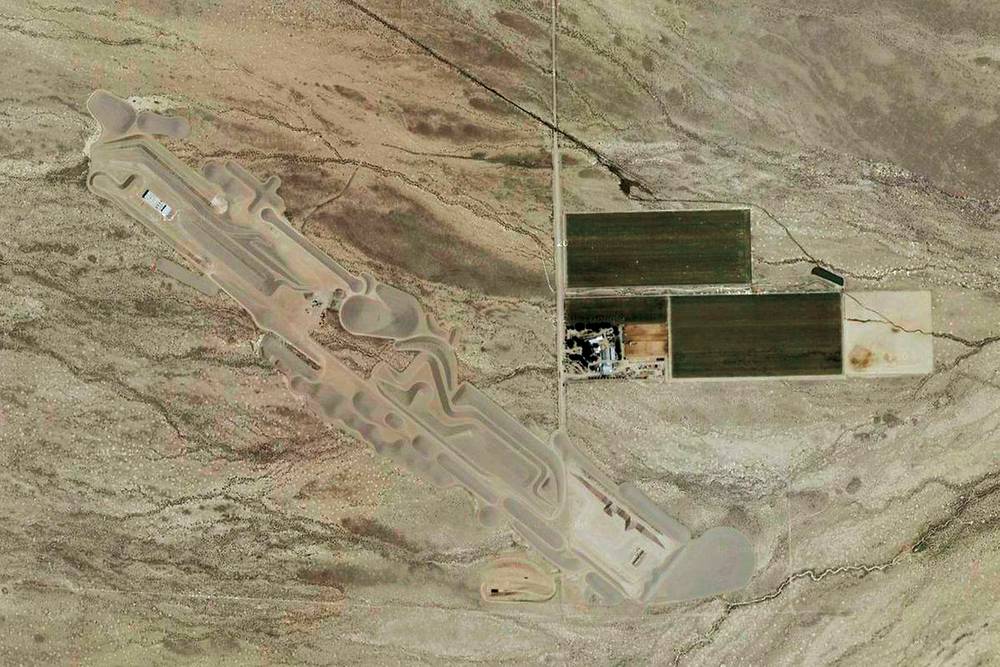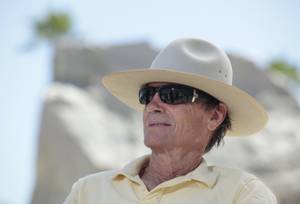During the dawn of the land-art movement in the late 1960s, artist Michael Heizer turned his attention westward for his large-scale “negative” sculptures. In Nevada, he blasted and removed more than 200,000 tons of earth for “Double Negative,” a sculpture of trenches intersecting a canyon near Overton.
But for decades his focus has been in Lincoln County, where he’s been building “City” since 1972. The work is a complex of minimalist, enormous abstract structures similar to ancient monuments and sites, stretching more than a mile and sealed off from the public by the very private artist living onsite with his wife.
Last week, a push to have “City” designated as a national monument began when Conservation Lands Foundation field organizer Laura Mistretta arrived in Las Vegas to begin a four-month campaign. The effort comes after Sen. Harry Reid’s Garden Valley Withdrawal Act (introduced last September) failed to pass. Designed as a way to protect “City” and more than 800,000 square miles of mostly federal land in the area from mining, it followed Reid’s suggestion four years ago to designate a national conservation area in Garden Valley.
Conservation Lands Foundation hopes to rally local support and encourage President Obama to use the Antiquities Act to protect the area. Mistretta, who will be here through April, will present to the Las Vegas Arts Commission January 15, followed by a meeting with the larger arts community at Fifth Street School January 22.
It’s convenient, critics of conservation in that area might say, that this artwork is there. It was referenced in debates about the Department of Energy’s proposal—now halted—to lay tracks for hauling nuclear waste through Garden Valley.
But art advocates will likely join in the cause. “City” is made of mostly earth materials and designed to exist long after the rest of us are gone. It will be one of the world’s largest sculptures. Heizer plans to open it to the public upon completion. “It’s a valid piece of art to protect,” says Melissa Petersen, a local arts advocate helping to connect Mistretta with the arts community. “Michael Heizer is one of the most important contemporary land artists. ‘City’ is one of the more important pieces of land art.”
Petersen points to the potential bump in cultural tourism after its completion, with passengers landing at McCarran Airport to travel the circuit of southwest earthworks, which in addition to Heizer’s completed and near-complete works includes Robert Smithson’s Spiral Jetty in Utah and, eventually, James Turrell’s “Roden Crater” near Flagstaff, Arizona.









